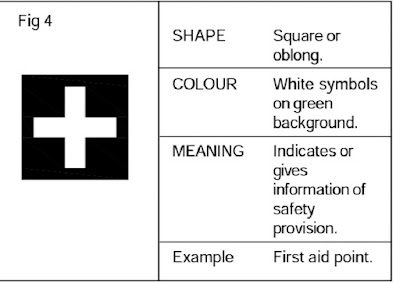SAFETY PRACTICE
Responsibilities
Safety doesn't just happen - it has to be organised and achieved like the work-process of which it forms a part.the law states that both an employer and his employees have a responsibility in this behalf.
Employer's responsibilities
The effort a firm puts into planing and organizing work training people engaging skilled and competent workers maintaining plant and equipment and checking inspecting and keeping record- all of this contributes to the safety in the workplace.
The employer will be responsible for the equipment provided the working condition what the employees are asked to do and the training given.
Employee's responsibilities
You will be responsible for the way you use the equipment how you do your job the uses you make of your training and your general attitude to safety.
A great deal is done by employers and other people to make your working life safer;but always remember you are responsible for your own actions and the effect they have on other. You must not take that responsibility lightly.
Rules and procedure at work
What you must do by law is often included in the various rules and procedure laid down by your employer. They may be written down but more often than not are just the way a firm does things- you will learn these from other workers as you do your job.
They may govern issue ans use of tools protective clothing and equipment reporting procedure emergency drills access to restricted areas and many other matters.Such rules are essential they contribute to the efficiency and safety of the job.
Safety signs
As you go about your work on a construction site you will see a variety of signs and notice. Some of these will be see a variety of signs and notices. Some of these will be familiar to you- a "no smoking" sign for example others you mat not have seen before.it is up to you to learn what they mean- and to take notice of them. they warm of the possible danger and must not be ignored.
Safety signs fall into four separate categories. These can be recognized by their shape and colour. Sometimes they may be just a symbol" other signs may include letters or figure and provide extra information such as the clearance height of an obstacle or safe working load of crane.
The four basic categories of signs are as follows:
- prohibition signs(fig 1 & fig 5)
- mandatory signs (Fig 2 & Fig 6)
- warning signs ( Fig 3 & Fig 7)
- information signs ( Fig 4)








Useful things
ReplyDelete